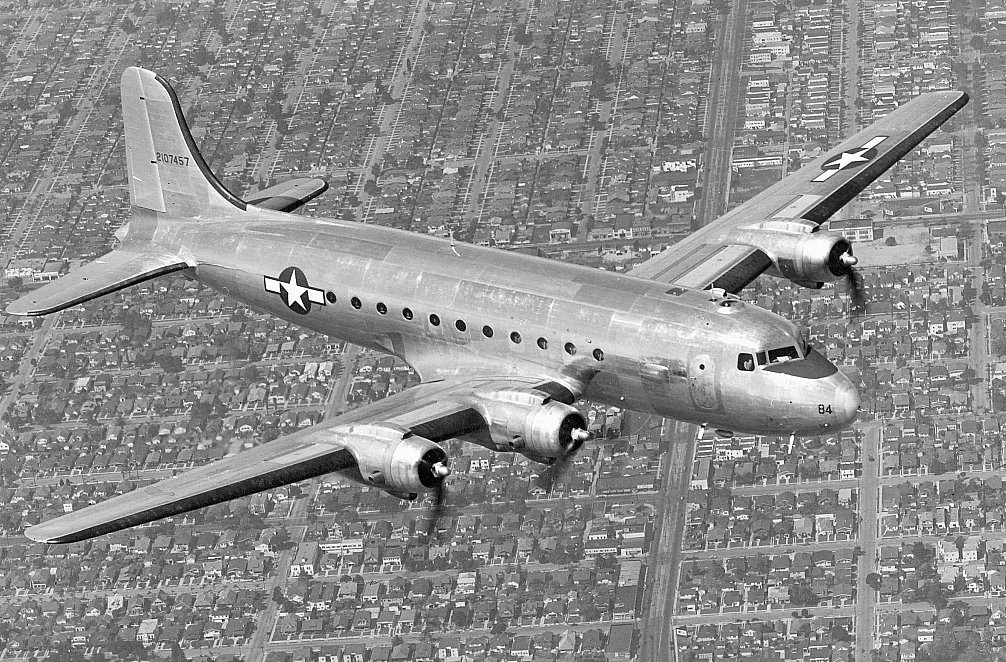Arbiter419
Cleared for Takeoff
Have a small amount of time in a Pressurized Mix-master. Loved it. Flies as straight as an arrow when both are turning. Just handles like a heavier 182. Always a treat when I get to fly it.
Limited by certification standards to 20,000 ft in the pressurized model. It will maintain 18,700 ft (and full pressurization) on one engine at gross weight.
The 1967 T337 had a service ceiling of 33,000 feet
Pressurization is one thing I really wish I had in my bird. I'm jealous... I technically have a higher operating ceiling (FL250) but I never go over FL190 because I just don't like being on O2 that high. It gets nasty in the 20s if you have any sort of oxygen system issue and the masks are not super comfortable. Great looking plane! Congrats again!
I worked for a wealthy woman who owned a FBO. She bought a Skymaster and told me to go get it. What I remember most is how long the gear took to cycle all the doors and gear.

I think they very cool. But looking at Controller, they don't seem to be ridiculously cheap.

Non owner heresay, but I heard lose either engine on climbout, you're going down.
On one engine it'll climb about like a Cherokee 140 on a hot day... not much performance but still climb.

Wow, a rare picture of the C-54-3 3 engine version!
That's what I heard recently from our A&P no less that they will NOT climb on one engine.
A true classic.

The 337A has a SE climb of 360fpm, gross weight at 59F. These planes have an approximate useful load of 1600 lbs, so at a lighter weight it will perform better.

In the mid-60's I spent an hour in the back seat of one of the early 336's before the age of headsets and I blame some of my hearing loss on that hour.Oh, that and 30 yrs of racing.
Jerry

The 337A has a SE climb of 360fpm, gross weight at 59F. These planes have an approximate useful load of 1600 lbs, so at a lighter weight it will perform better.
That's on the anemic side and I assume those numbers are given from a test pilot at sea level in a good performing (new) aircraft?
That's actually pretty darned good. Have you looked at the single engine climb rate of other twins ?
Seneca (220 HP) 253 fpm
P Baron (325 HP) 270 fpm
Cessna 340 (310 HP) 315 fpm
Cessna 414 (310 HP) 290 fpm
Aerostar 601P (300 HP) 240 fpm
Exactly! Most piston twins struggle on one engine. I had read that the 337 is fantastic when it's modified with two IO-520 engines and that single engine climbs were more like ordinary single engine climbs in this case.
I have heard the rear engine gives slightly better performance than the front, but I have no data to back that up.
Any thoughts on that?
Thanks.
That's on the anemic side and I assume those numbers are given from a test pilot at sea level in a good performing (new) aircraft?
I'm not trying to down them, I've always liked them for the concept of a push-pull but still these rumors hang on down through aviation folklore.
I have heard the rear engine gives slightly better performance than the front, but I have no data to back that up.
Any thoughts on that?
It may be that they just publish numbers for the worse case scenario.All discussion of one engine inoperative conditions in the POH mentions "either engine"; no where does the POH state that one engine gives better performance than the other.
All discussion of one engine inoperative conditions in the POH mentions "either engine"; no where does the POH state that one engine gives better performance than the other.
It may be that they just publish numbers for the worse case scenario.
Could be. And that's specifically the P model, not sure if T or N/A are different ???
What he said was this:It's true. It has to do with airflow separation on the fuselage (IIRC). The Cessna Engineer that wrote the books on development at Cessna discussed it.
Early in the C-336 development . . .
The rear propeller has no blockage behind it, its diameter is two inches greater, its inflow velocity if favorably reduced, and it promotes better airflow attachment to the bluff afterbody of the rear cowl
That must have been changed between the original C-336 prototype and the C-336 as certified.In the P337, the rear prop is two inches less diameter than the front.
Something's still not right. None of those specs show the rear 2" bigger than the front.
 :wink2:....
:wink2:....Now to start looking for a 337 with a bad motor but a good airframe...

Skymasters have been used for a number of -- um, interesting things.Ya know guys....... For some reason I never connected the dots. BUT... The Skymaster would make the perfect test bed for my powerplant...... Buy one with a trashed motor and install the prototype.... Run the siht out of it like I do with my Zenith, only I would have a extra wide margin to get it back on the ground if one of the motors " unplanned disassembly":wink2:....
Hmmmm.... Now to start looking for a 337 with a bad motor but a good airframe...
How is the fuel system on the skymaster set up ? One draws left one draws right or is there a 'both' position ?
On my P337, the left wing tank feeds the front engine and the right wing tank feeds the rear engine.
